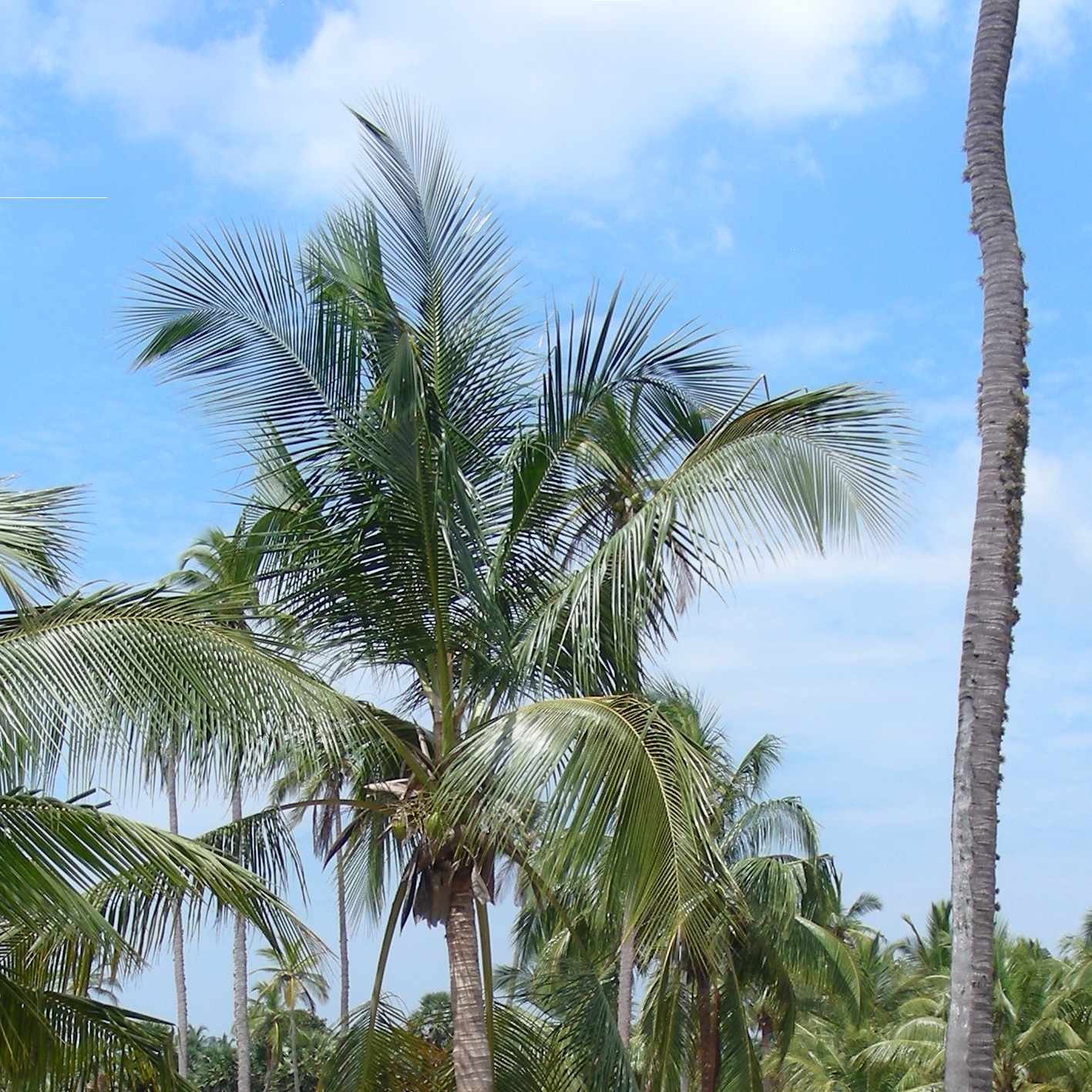Occupation money
A large 11th century hoard of Rājarāja I Coḷa copper coins discovered in Śrī Laṅkā
https://doi.org/10.34780/h669-p194
Resumen
An 11th century coin hoard of almost 7,000 Æ kācu (all of the same type) struck in the name of the South Indian sovereign Rājarāja I Coḷa and discovered on the west coast of Śrī Laṅkā has been examined thoroughly by the author. Numismatic issues as well as those of monetary and political history are touched. Based on the new numismatic evidence and on the critical evaluation of already published material the results of the investigation are in several parts contradictory to the communis opinio. So, for example, the disputed crucial question for the mint and the minting authority can now be answered definitely in favour of Rājarāja I Coḷa alone and South Indian Tañjāvūr; and the sheer mass of well-preserved coins allows sound metrological calculations. Observed die-links touch the monetary history of the two countries involved especially the monetisation of the island by the South Indian occupying power holding sway over a large part of the island for c. 70 years. Finally, the hoard is contextualised with the two, perhaps three only cursory reported finds of the same kind from Śrī Laṅkā in order to shed some more light on the events in the course of the upheaval and final expulsion of the South Indian occupants in AD 1070. As “discards” the change over from the South Indian occupation money to the first original Śrī Laṅkān coinage initiated by Vijayabāhu I, AD 1055–1111 is outlined. An elaborate appendix lists all reported Rājarāja I Coḷa coins discovered in Śrī Laṅkā, published and from the private Biddell documents.
Palabras clave:
South India / Śrī Laṅkā, 11th century, coin hoard, kācu, Rājarāja I Coḷa





